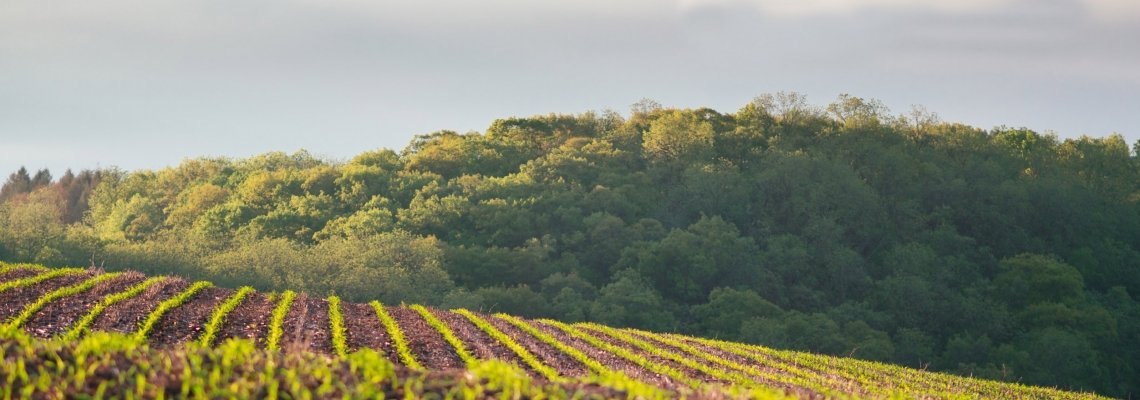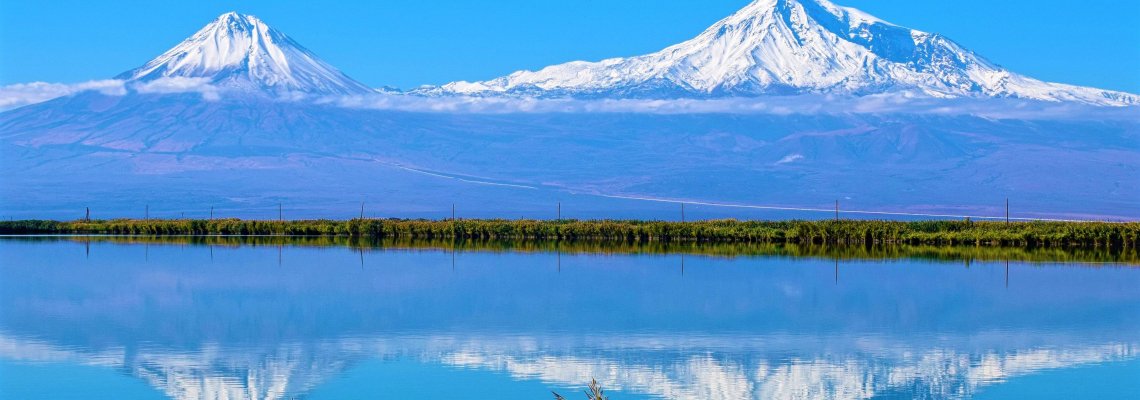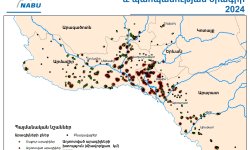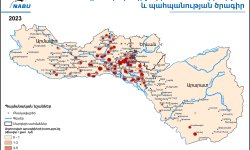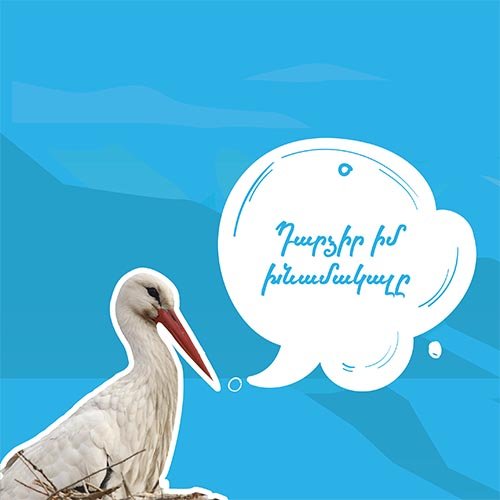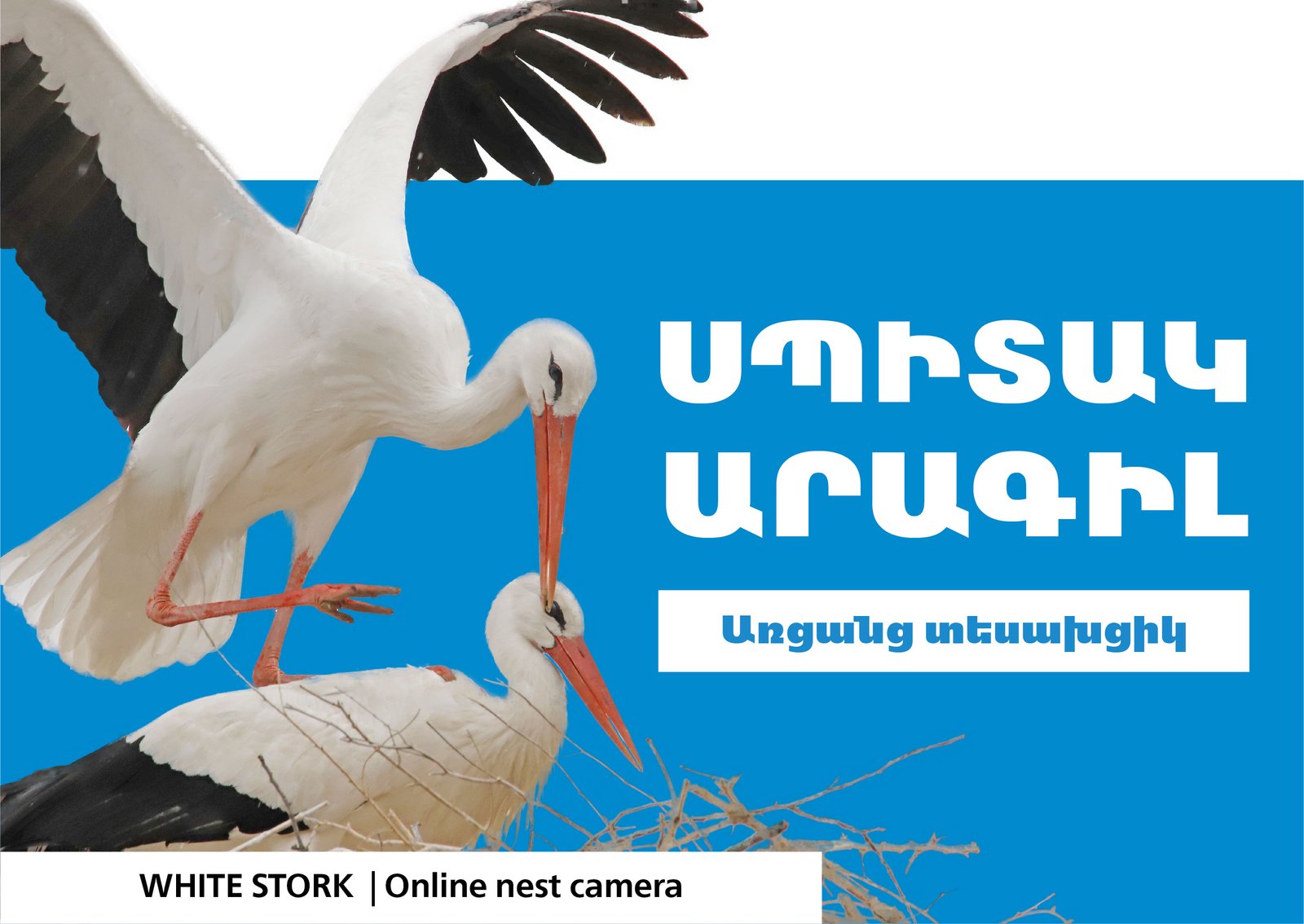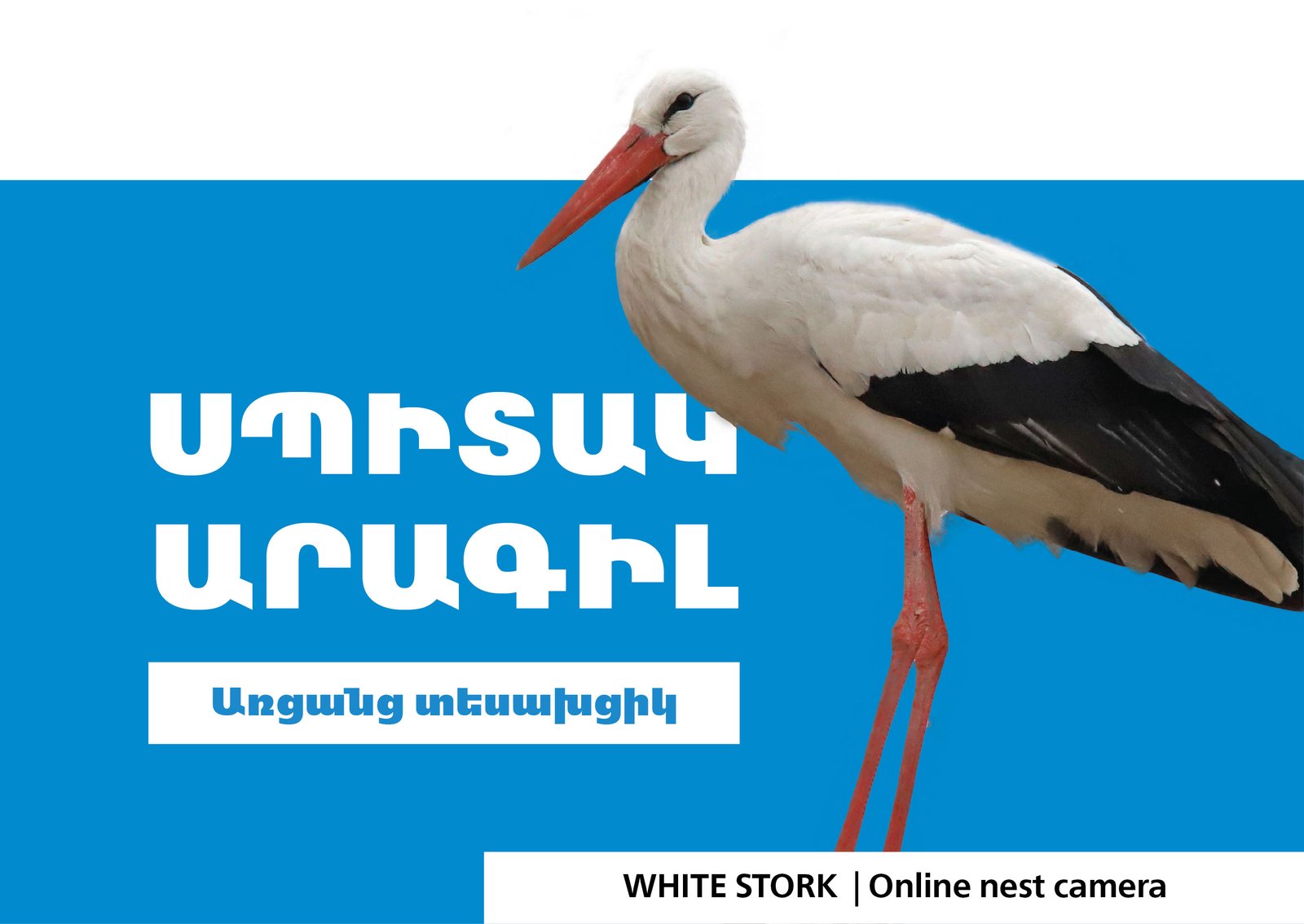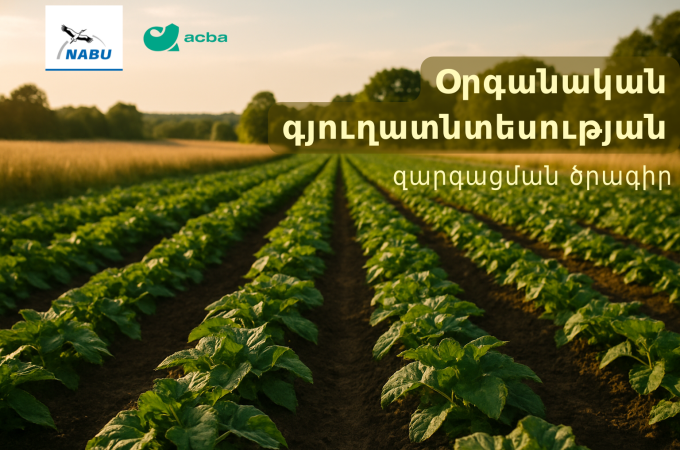
For the first time in 2020-2024, a reduction in white stork contamination has been observed in the Ararat Valley.
Research conducted by the branch of German Nature Protection Union (NABU) in the Republic of Armenia shows that for the first time in 2020-2024, a reduction in white stork contamination is observed in the Ararat Valley. Despite this, the problem remains actual.
In 2024, the white stork contamination in the Ararat Valley (Ararat and Armavir regions) by nests is 42.5% (a 15.6% reduction compared to 2023), as follows:
- In Ararat region, white stork contamination by nests is 56.7% (a 9.1% reduction compared to 2023).
- In Armavir region: 30.6% (a 21.3% reduction compared to 2023).
The contamination areal in the Ararat Valley has generally reduced by 1%.
There is also a reduction in contamination intensity per species from “highly contaminated” to “lowly contaminated”, but there are still many “highly contaminated” species.
The 2024 census shows that the contamination problem also partially impacts Yerevan, Aragatsotn and Kotayk regions.
The contamination reduction can be related to a number of natural and anthropogenic factors, which will be more clearly demonstrated after the analysis is completed.
As a reminder, the branch of German Nature Protection Union (NABU) in the Republic of Armenia launched the program “White Stork Research and Conservation” in 2020 in connection with the problem of the white storks contamination. Within the framework of the works, the bird species in the Ararat Valley (Armavir and Ararat Regions) was counted, the contamination rate and area was determined, as well as ringing, sampling and installation of satellite sensors. The works were carried out in cooperation with Ministry of Environment of RA.
It should also be noted that 2024 is the year of international census of white stork, which is coordinated by German Nature Protection Union (NABU). The Union's branch in Armenia, having joined the census, this year conducted the census of white storks throughout Armenia.




